Halbach Arrays
Magnets are used in all sorts of modern technology. They power electric motors, medical devices, and high-tech scientific equipment. Among all the different types of magnets, the Halbach array is unique because it optimizes magnetic field strength and directionality. The Halbach array was first proposed by physicist Klaus Halbach in the 1980s. It’s an arrangement of permanent magnets that maximizes magnetic efficiency by concentrating the field on one side and minimizing it on the other. In this article, we’ll look at the principles behind Halbach arrays, their different configurations, and how they’re used in industry.
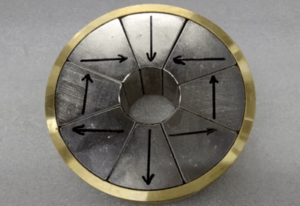
Principles of the Halbach Array
The Halbach array is a specific arrangement of permanent magnets that creates a strong, unidirectional magnetic field. The basic principle is that you want to reinforce the magnetic field on one side of the array while nearly canceling it out on the other side. You create an asymmetrical field distribution. The way you do this is by aligning the magnetic moments of the magnets so they amplify the magnetic flux on one side and diminish it on the other side.
Key Concepts
- Geometric arrangement: Unlike traditional arrays, where the magnetic moments are all lined up in one direction, the magnets in a Halbach array are arranged in a spatially rotating pattern. This arrangement concentrates the magnetic field on one side of the array.
- Magnetic moment alignment: The magnets are oriented so their magnetic moments reinforce each other on one side of the array and cancel each other out on the other side.
- One-sided flux: This concentration of the field means a Halbach array can produce a stronger magnetic field than a conventional array. This makes it very efficient for applications that need a strong, focused field.
John C. Mallinson observed this arrangement in 1973. He thought it was interesting but didn’t have any ideas about how to use it. Then, in the 1980s, Klaus Halbach independently rediscovered this configuration and applied it to particle accelerators. It significantly improved beam focusing and steering.
Types of Halbach Arrays
Halbach arrays come in different configurations to suit specific applications and performance criteria.
Linear Array: A straight line of magnets. You see this in linear motors and generators.
Circular Array: Magnets arranged in a circular pattern. You get a radial magnetic field, which is perfect for rotary devices.
Cylindrical Array: Magnets arranged around a cylinder. The magnetic field is either concentrated inside or outside of the cylinder, depending on how the magnets are oriented. This type is often used in brushless AC motors to increase torque and efficiency.
Spherical Array: A three-dimensional Halbach array. The magnetic field is uniform inside the sphere. This is useful for scientific experiments that require an isotropic magnetic field.
Planar Array: A flat, two-dimensional Halbach array. This is often used in applications that need a focused magnetic field, like sensors or actuators.
Segmented Array: This array is customizable because it’s divided into segments. You can control the strength and direction of the magnetic field with this configuration.
These are the types of Halbach arrays available to help you meet your specific needs.
Strength of Halbach Arrays
The strength of a Halbach array depends on the type of magnets you use, how you arrange them, and what you need them to do. A Halbach array is known for its ability to concentrate the strength of the magnetic field on one side. This means it can have a much higher magnetic flux density than a traditional magnet arrangement.
In terms of measurable strength, a Halbach array can have a higher flux density, which is measured in units of Tesla (T) or Gauss (G). Because a Halbach array can concentrate the magnetic field on one side, it’s a great solution for applications that need a high magnetic field strength like magnetic levitation systems or particle accelerators.
.
Applications of Halbach Arrays
Halbach arrays are used in many different industries because they can concentrate and control magnetic fields very precisely.
- Electric Motors and Generators: Halbach arrays are used to make electric motors and generators more powerful. They concentrate the magnetic field where it’s needed, which makes the motor or generator more efficient and gives it more power. Brushless AC motors benefit from the cylindrical arrangement because it helps minimize stray magnetic fields, which increases the torque.
- Maglev Transportation: Maglev trains use Halbach arrays to achieve high-speed, frictionless travel. The one-sided flux of the Halbach array creates a strong magnetic field that lifts the train off the tracks and propels it forward. This technology reduces wear and tear on the train and track, making transportation smoother and faster. The Maglev train in Japan, which holds the world record for the fastest rail transport at 361 mph, uses Halbach arrays.
- MRI Machines: In the medical field, Halbach arrays are used to improve the performance of MRI machines. The arrays create strong, localized magnetic fields, which improve the quality of the images and reduce the time it takes to do a scan. This makes the process more efficient.
- Wind Turbines: Halbach arrays are increasingly being used in wind turbine generators to improve the conversion efficiency of wind power into electrical power. By concentrating the magnetic field, you can get more energy out of the wind, making wind power a more viable renewable energy source.
- Scientific Instruments: Halbach arrays are used in advanced scientific instruments like free-electron lasers (FELs) and synchrotrons. In FELs, the magnetic field from the Halbach array causes the electron beams to “wiggle,” which creates very intense synchrotron radiation. This radiation is used in a wide range of scientific and medical research applications.
Advantages of Halbach Arrays
The Halbach array has several advantages over traditional magnet arrangements:
- Increased Magnetic Strength: Because the magnetic field is concentrated on one side of the array, you can get much higher magnetic field concentrations. This makes systems like motors, MRI machines, and maglev trains perform better.
- Directional Control: Halbach arrays give you precise control over the direction of the magnetic field. This is important when you need a focused magnetic field for your application.
- Efficiency: Halbach arrays are compact and lightweight. This makes them perfect for applications where you need to be efficient and have limited space.
- Reduced Stray Fields: The ability to suppress the magnetic field on one side of the array allows you to minimize stray fields. This increases the efficiency and safety of many applications such as motors and magnetic bearings.
Conclusion
The Halbach array is a unique and powerful magnetic configuration that’s used in a wide range of industries. It’s used in electric motors, maglev trains, MRI machines, and scientific research. The ability to concentrate and control magnetic fields with a high degree of precision makes Halbach arrays an important tool in modern technology. As researchers and engineers continue to find new ways to use this configuration and improve it, we’ll see the role of Halbach arrays continue to grow and drive innovation and efficiency in magnetic systems.

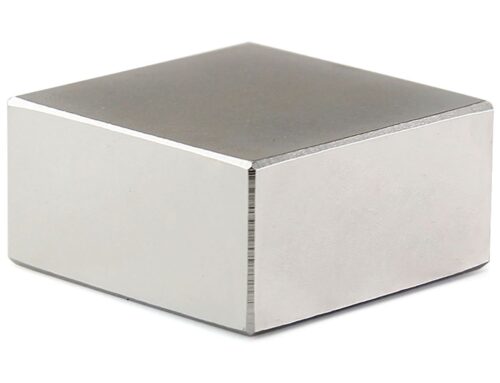
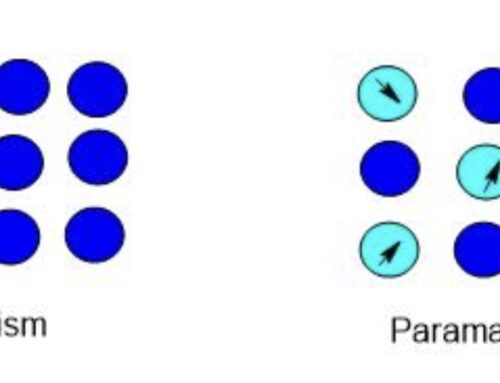
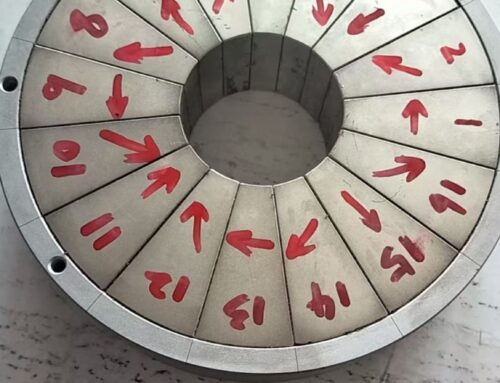
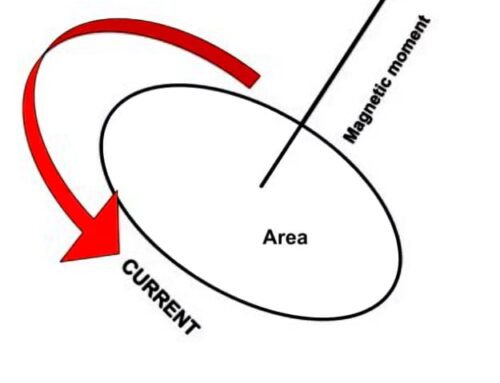
评论